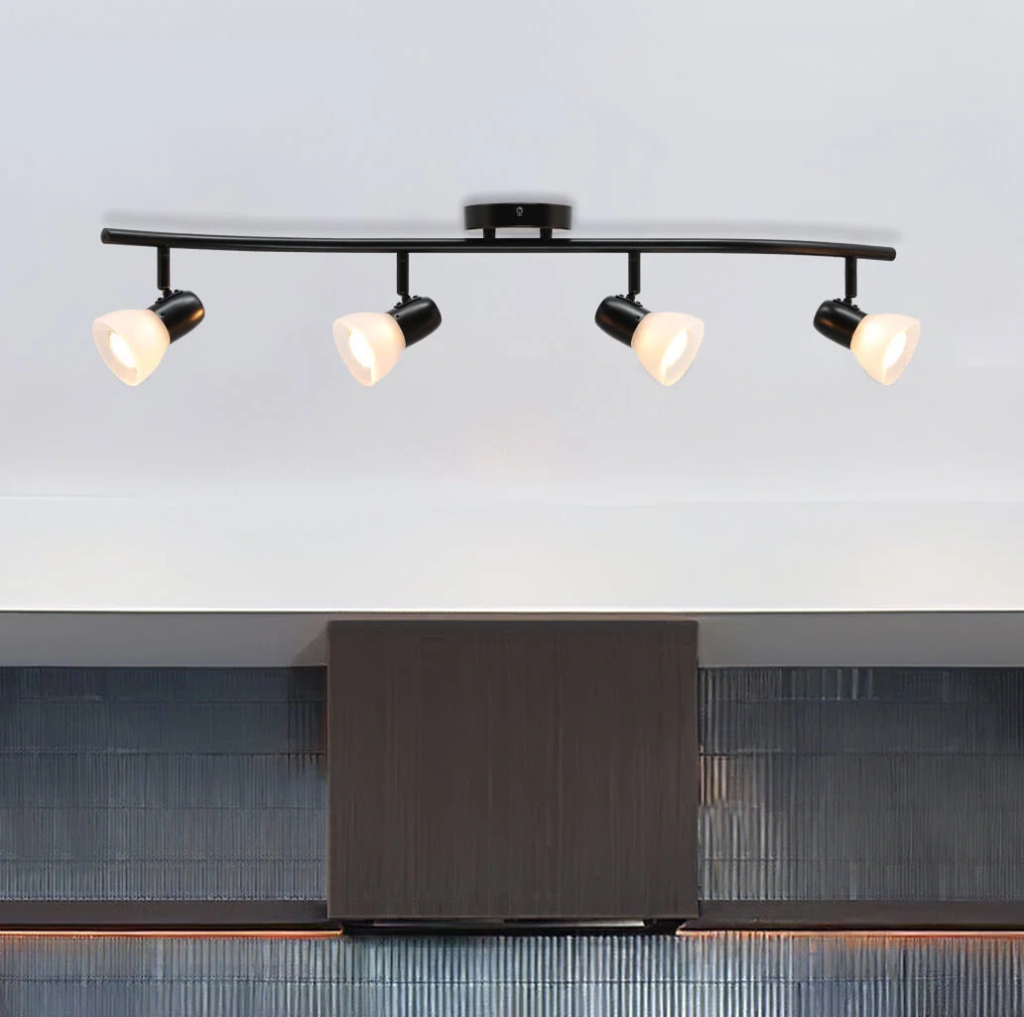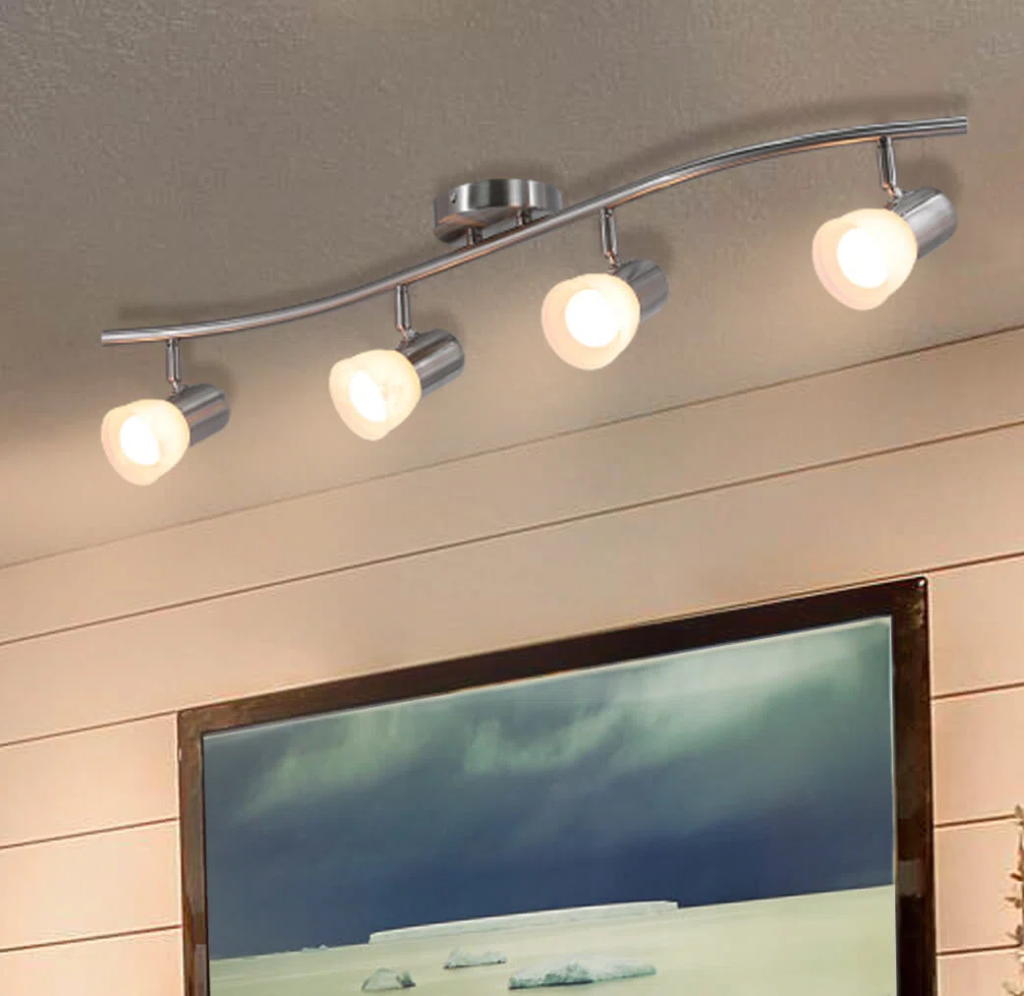The History and Evolution of Antique Floor Lamps
The story of antique floor lamps begins in the late 19th century. During this era, lighting technology saw swift progress. Before then, homes relied on candles and oil lamps. With the advent of electricity, floor lamps underwent a transformation. These early electric lamps mimicked the styles of their predecessors initially. They featured elaborate designs and fine materials like brass, bronze, and glass. The floor lamp’s purpose was to both illuminate and beautify living spaces.
As styles changed, so did the designs of these tall standing lamps. From the decorative Victorian pieces, Art Nouveau brought organic lines into the floor lamp design. Then, the Art Deco movement infused geometric shapes and bold lines into the mix. Each era left its mark, giving rise to a diversity of styles. Popular styles included the torchiere, with its upward-facing bowl-shaped shade, and the bridge lamp, offering directional lighting.
By the mid-20th century, the floor lamp antique market expanded. Designers started to play with new materials and forms. This period gave rise to minimalistic and modern designs, which stood in stark contrast to traditional models. But throughout these changes, the classic charm of older designs remained sought after. This is why, today, antique floor lamps are still in demand. They not only light up a room but also tell tales of art and history.
Recognizing the significance of antique floor lamps helps us appreciate their value. These fixtures aren’t just relics; they’re milestones in the journey of home lighting. By adding an antique floor lamp to your decor, you’re not just choosing a light source. You’re opting for a piece of history that holds beauty and tells a bygone era’s story. As we move forward in our outline, let’s explore how to identify these timeless treasures.
Identifying Authentic Antique Floor Lamps
Identifying authentic antique floor lamps requires a keen eye and knowledge. Firstly, examine the lamp’s materials. True antiques often feature brass, bronze, or wrought iron. These materials have a distinct patina that develops over time. Check for signs of wear. A genuine antique will show age. Look for faded finishes or slight rust. These are tell-tale signs of authenticity.
Next, inspect the craftsmanship. Antique lamps boast handmade details. Study the lamp’s base, stem, and shade. Unique or irregular features may indicate a lamp’s age. Look for stamps or maker’s marks. These often reveal the lamp’s origin and age.
Evaluate the wiring as well. Older lamps have outdated wiring, normally cloth-covered. Be cautious, as old wiring could be a safety hazard. Always consult a professional electrician.
Lastly, research the lamp’s design. Recognize styles from different periods. This can help confirm the lamp’s era. For example, Art Nouveau lamps have flowing lines. Art Deco lamps feature geometric shapes. Identifying the style can provide clues to the lamp’s history.
When seeking a floor lamp antique, proceed with care. Always question the lamp’s history. When possible, ask for provenance or documentation. Dealers should provide details on the lamp’s backstory. This documentation can further assure the lamp’s authenticity.
In summary, to identify an authentic antique floor lamp, look for craftsmanship, material aging, and distinctive design styles from historical periods. Verification from dealers and awareness of wiring safety are also vital. These steps ensure you select an authentic piece, steeped in history and elegance.
The Different Styles of Antique Floor Lamps
Antique floor lamps come in many styles, each telling a story of design history. Recognizing these styles can help you choose the right lamp for your space.
- Torchieres: These lamps feature upward-facing shades, often shaped like a bowl. They are ideal for adding ambient light to a room.
- Bridge Lamps: Known for their adjustable arms, bridge lamps provide directional lighting. They suit reading corners or work desks.
- Pharmacy Lamps: With their simple designs and functional form, pharmacy lamps offer a classic look. They often have adjustable heights and hoods, perfect for task lighting.
- Gone with the Wind Lamps: Characterized by their large, decorated globes, these lamps reflect Victorian elegance.
- Piano Lamps: Initially designed to illuminate piano sheets, these lamps have long arms and can be a statement piece in modern decor.
Each style of a floor lamp antique has unique features that serve different purposes. From intricate patterns to plain designs, the range of styles available allows for a great deal of personal expression in interior design. Whether you wish to create a focal point in a room or simply need functional lighting, there’s an antique floor lamp to meet your needs. The key is to choose a style that resonates with your decor and personal taste while enhancing the ambiance of your home.
Incorporating Antique Floor Lamps in Modern Decor
Blending antique floor lamps into modern decor offers a timeless elegance to your living space. These historical pieces act as a bridge, connecting past and present design elements. To seamlessly integrate a floor lamp antique within contemporary interiors, follow these tips:
- Choose Complementary Colors: Match the lamp’s color with other decor accents. Antique lamps often feature rich, classic tones that pair well with modern neutrals.
- Mix Decorative Eras: Place your antique lamp alongside modern furniture. The contrast between old and new creates visual interest and a layered look.
- Play with Lighting: Use the soft, warm glow of an antique lamp to enhance modern lighting. It can add depth and warmth to the stark lines of modern design.
- Mind the Placement: Position your lamp where it can be a focal point. Near a contemporary sofa or beside a minimalist shelf works well.
- Accessorize Thoughtfully: Pair your lamp with modern art or polished accessories. This fusion can draw attention without overwhelming the space.
In modern homes, a floor lamp antique adds character and storyline that new pieces often lack. It’s not just lighting; it’s a conversation starter. Remember, balance is key. With thoughtful placement and design harmony, an antique floor lamp can illuminate and elevate any modern decor scheme.
Caring for and Maintaining Your Antique Floor Lamp
Taking care of your floor lamp antique is crucial for preserving its value and beauty. Below are practical steps to maintain and care for these timeless lighting pieces.
- Clean Regularly: Dust your lamp often with a soft cloth. This prevents buildup that can tarnish or damage the surface. Avoid harsh chemicals.
- Handle with Care: Move your lamp gently. The delicate parts of an antique can break easily.
- Check the Wiring: Old wiring poses risks. Have a professional check and update the wiring if needed. It ensures safety and function.
- Polish Metal Components: If your lamp has metal parts, like brass or bronze, polish them gently with a suitable cleaner.
- Protect from Sunlight: Direct sunlight can fade the lamp’s finish. Place your lamp away from intense light to protect its color.
- Avoid Moisture: Keep your lamp in a dry area. Moisture can lead to rust or damage to electrical components.
- Use Appropriate Bulbs: Follow the lamp’s original design. Use bulbs with the correct wattage to prevent overheating.
By following these tips, you can keep your antique floor lamp in top condition. It’s not just about upkeep; it’s about cherishing a piece of history that enhances your home. Regular care ensures that your antique lamp remains a functional and elegant part of your living space for years to come.
Lighting Techniques with Antique Floor Lamps
To truly showcase the beauty of a floor lamp antique, proper lighting techniques are essential. Here are some effective ways to enhance your interior using these historic pieces.
- Create Layers of Light: Combine the ambient light from a torchiere with targeted lighting from a bridge lamp. This adds dimension to the room.
- Adjust for Mood: Use dimmers or lower wattage bulbs to set a relaxed atmosphere. Antique lamps often have warm tones that are perfect for cozy settings.
- Highlight Artwork: Position a floor lamp near art pieces. The light can accentuate the textures and colors of the art.
- Corner Placement: Set a lamp in a corner to cast a soft glow across the room, making the space feel inviting.
- Combine with Mirrors: Place your lamp near a mirror. This will reflect light, adding brightness and the illusion of more space.
Using these techniques with a floor lamp antique helps create a balance between functionality and aesthetics. Lighting plays a key role in the ambiance of any space, and antiques add an extra layer of charm and history.
Top Places to Find Antique Floor Lamps
When looking to add a floor lamp antique to your collection or decor, knowing where to find them is key. Here are top places where you can start your search for these elegant pieces:
- Antique Stores: Begin with local antique shops. These stores often have a curated collection of lamps with history.
- Estate Sales: Estate sales can be treasure troves for antique lamps. Attend with an eye for unique finds.
- Auctions: Check out auction houses. They sometimes list rare floor lamp antiques that you can bid on.
- Online Marketplaces: Explore online platforms like eBay or Etsy. They offer a wide range of options from sellers worldwide.
- Flea Markets: Visit flea markets for possible hidden gems. Negotiate for the best deals on the spot.
- Specialty Lighting Stores: Some stores focus on vintage lighting and can be a good source.
Remember, when searching for a floor lamp antique, examine the lamp’s condition and authenticity. Happy hunting for that perfect piece that brings classic charm to your modern decor.
Adding Value to Your Home with Antique Floor Lamps
Antique floor lamps are more than a light source. They bring history to your space and lift its design. They stand out in any room, blending the past and the present. This is your guide to using floor lamp antiques to add value to your home.
- Enhance Aesthetic Appeal: An antique lamp can be a piece of art. It can create a visual anchor in your room that draws attention and admiration.
- Boost Home Value: For many, a well-chosen antique can increase a home’s worth. It shows care in selection and an appreciation for quality.
- Reflect Your Taste: Using a floor lamp antique, you express your taste. You show visitors your unique style and eye for design.
- Preserve History: Owning an antique is about keeping a slice of history alive. It’s a way to honor past designs while enjoying their beauty today.
- Eco-Friendly Choice: Choosing vintage items is a green move. It means fewer new goods are made, reducing your carbon footprint.
When you pick the right floor lamp antique, it’s an investment. You uplift your space and can even improve your home’s market appeal. Pick a lamp that fits your style and watch your room transform.








